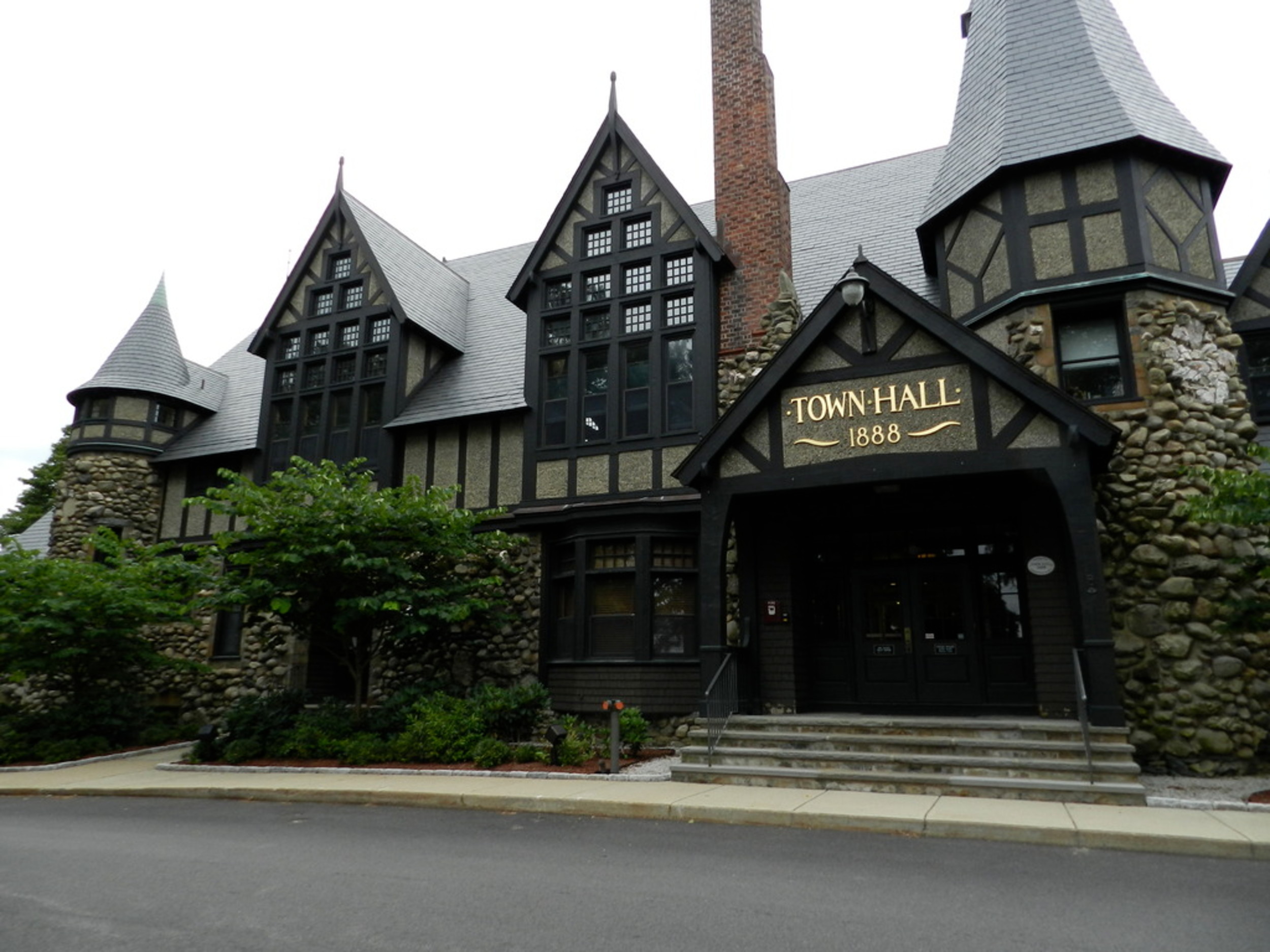Barrington's new energy aggregation program starts soon
Lower electricity bills, more renewable energy promised through program
Barrington officials say it is a chance to save money and use more renewable energy.
Barrington’s electricity aggregation program, called Barrington Community Electricity (BEC), is …
This item is available in full to subscribers.
Please log in to continue |
Register to post eventsIf you'd like to post an event to our calendar, you can create a free account by clicking here. Note that free accounts do not have access to our subscriber-only content. |
Day pass subscribers
Are you a day pass subscriber who needs to log in? Click here to continue.
Barrington's new energy aggregation program starts soon
Lower electricity bills, more renewable energy promised through program
Barrington officials say it is a chance to save money and use more renewable energy.
Barrington’s electricity aggregation program, called Barrington Community Electricity (BEC), is designed to provide competitively-priced energy bills and also utilize 5 percent more renewable energy than is required by law.
The program, approved more than two years ago by the previous Town Council, will begin May 1.
Barrington is enrolled in the state’s first energy aggregation program — other communities involved are Central Falls, Narragansett, Newport, Portsmouth, Providence, and South Kingstown. The municipalities are combining to purchase their electricity. After a competitive bidding process, Good Energy, a consultant hired to develop the program, selected NextEra Services, LLC as the group’s electricity supplier.
All Barrington residents will be automatically enrolled in the BCE program unless they “opt out.”
Most Barrington residents should have received a notice in the mail recently, detailing instructions on how to “opt out” — residents need to fill out a card and mail it back to the RI Community Electricity Program in Cleveland, Ohio. Residents have until April 3 to “opt out.”
Barrington residents can also leave the program at any point without penalty.
How does this work?
Although the inner workings of an energy aggregation program can be complex, it basically involves several municipalities joining together to purchase electricity from third-party suppliers — any company that’s not Rhode Island Energy (formerly National Grid) — using power in numbers to negotiate better rates.
In addition to lower monthly electrical bills, the energy coming from these deals would also utilize a greater share of renewable sources.
According to information provided by Barrington Town Manager Phil Hervey, all of the program’s additional renewable energy will come from sources that qualify as Rhode Island New, and the program will support a number of Rhode Island projects, including sourcing power from wind turbines in Coventry and Providence and solar built on brownfield sites in Johnston, North Providence, and West Greenwich.
Most customers of Rhode Island Energy have seen increases in their electric bills since Oct. 2022, when the cost per kilowatt-hour (kWh) for residential jumped from 7.81 cents to 17.785 cents, which remains the rate through the end of March.
Although Rhode Island Energy filed for a 9.76-cent rate starting April 1, it hasn’t been approved yet by the state Public Utilities Commission (PUC). The PUC website, in fact, now lists the proposed residential rates for April through September as 10.675 cents.
The standard rate for Barrington energy aggregation is 9.361 cents. Some officials have anticipated that the average resident in the BEC program will save about $20 a month on their electricity bill.
“Three additional electricity options will also be offered in the program - a 100 percent renewable energy and 50 percent renewable energy options for those looking to have a significant climate impact, and an option with only the minimum amount of renewable energy required by state law for those seeking the lowest cost,” stated the press release from Barrington.
The electricity rates will only remain fixed over an initial six-month period from May 2023 through November 2023.






